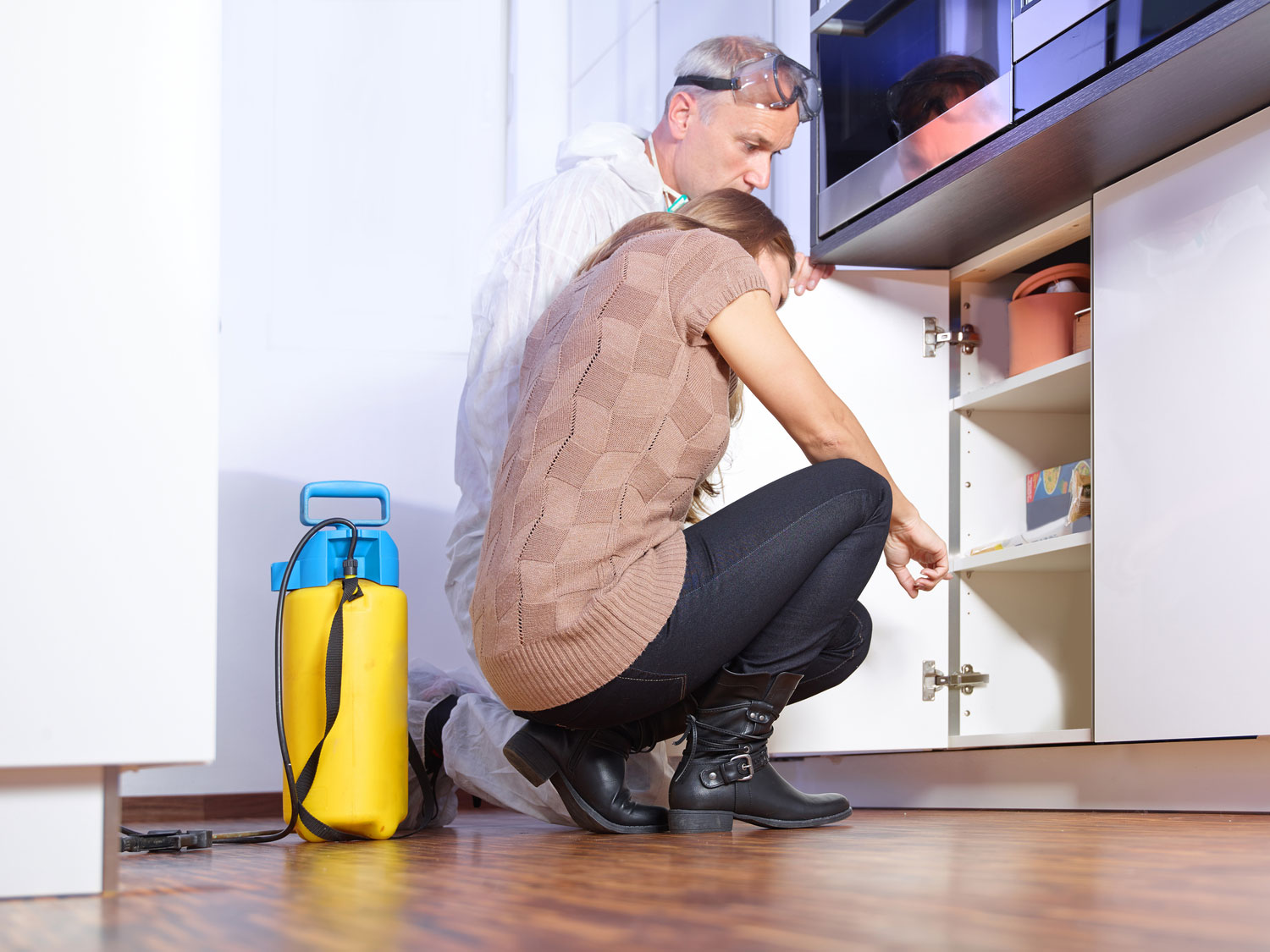If you discover, or think, that you have a mold problem in your home, Water Mold Fire Restoration wants you to have a better understanding of our mold inspection process. Many people are unsure whom to turn to when they have a mold issue. Water Mold Fire Restoration has licensed and certified mold inspectors on staff that can provide a quick and detailed inspection and then design a plan to remediate the mold.
The Inspection Process Begins
If you see mold growing on a surface of a wall or ceiling, chances are pretty good that there is more mold hidden inside the wall cavity or above the ceiling. A good mold inspector will look at the area of concern but also inspect the entire home to completely assess the situation.
One of the first tools an inspector may perform is an air quality test. The device most commonly used to conduct air quality testing is a spore trap. This device pumps a certain quantity of air through a collection cartridge trapping any mold spores present in the sample. The cartridge is then sent off to a laboratory to be analyzed. Air sample tests should be done both inside and outside the home. The two tests are then compared to determine what levels and types of mold present indoors as opposed to those that naturally occur outdoors. Higher than normal levels of mold indoors proves that there is a problem.
Once the inspector has completed a visual inspection and air quality sampling, he or she will want to inspect any areas located behind any visible mold. If the mold is on a ceiling, the inspector will want to check out the attic. If the mold is on a wall, the inspector will probably perform what is called an “inner-wall air sample”.
Another tool that the inspector may use is an infrared camera. An infrared camera doesn’t actually look for mold but senses changes in surface temperatures of a wall. These temperature changes will indicate areas that will require a closer inspection.
Digging Deeper
To perform an inner-wall air sample, a small access hole must be cut in a wall cavity. A tube is inserted into the hole and the other end is then connected to the spore trap. This allows the inspector to do air sampling inside the wall cavity.
Sometimes an inspector will use a borescope, a tiny camera on a long flexible tube, to visually look inside the walls. The camera end can then be inserted into the wall cavity. This will tell the inspector more about the extent of the mold’s possible infestation.
The most conclusive way to find the extent of mold infestation is to cut slightly larger holes in the walls. The inspector can then use a flashlight and/or a mirror to be able to see entire sections of the walls. Any mold or discolorations can then be sampled. When finished, the inspector will cover any hole that was made to keep any mold contained inside the wall until the mold removal can be addressed.
What’s Next?
Every mold problem is unique, so your inspector will more than likely use one or more of these techniques. Once the inspector has the test results, he can work with a mold remediation company to develop a plan for the removal of the mold. Water Mold Fire Restoration, 800-905-0277, is an IICRC certified mold remediation company. Our experienced mold technicians are available 24/7 to assist you with any mold problem you may have. You can also reach us by email at help@watermoldfire.net.








